Why High Earners Should Consider a Backdoor Roth IRA
06-25-2024
June 25, 2024
Key Takeaways:
– A backdoor Roth IRA is a loophole strategy only for high income earners that are disqualified from contributing directly to a Roth IRA.
– It allows high-income earners to convert traditional IRA contributions into a Roth IRA.
– This method helps bypass income limits that prevent direct contributions to a Roth IRA.
What is a Backdoor Roth IRA?
A backdoor Roth IRA is a clever and legal strategy designed for high-income earners who are restricted from making direct contributions to a Roth IRA due to income limits. By making nondeductible contributions to a traditional IRA and then converting those funds to a Roth IRA, you can still enjoy the benefits of a Roth IRA, regardless of your income level.
Benefits of a Backdoor Roth IRA
- Tax-Free Growth: One of the biggest advantages of a Roth IRA is the ability to grow your investments tax-free. When you withdraw the funds in retirement, you won’t owe any taxes on the earnings, providing a significant financial benefit over a traditional IRA.
- No Required Minimum Distributions (RMDs): Unlike traditional IRAs, Roth IRAs do not require you to take RMDs during your lifetime. This allows your investments to grow undisturbed for as long as you live, giving you more flexibility in managing your retirement savings.
- Estate Planning: Roth IRAs are excellent tools for estate planning. They can be passed on to your heirs, who can benefit from continued tax-free growth, ensuring your wealth is efficiently transferred with minimal tax implications.
How to Execute a Backdoor Roth IRA
Here’s a straightforward guide to setting up a backdoor Roth IRA:
- Fund a Traditional IRA: Start by contributing to a traditional IRA using after-tax dollars. It’s best if this account has no existing balance to simplify the tax calculations.
- Convert to a Roth IRA: Convert the funds in your traditional IRA to a Roth IRA. Your advisor will guide you through the conversion process and the necessary paperwork.
- File IRS Form 8606: This form tracks the basis of your IRA contributions and ensures you don’t pay taxes twice on the same funds. This is why everyone needs a qualified CPA to do their taxes, because I don’t expect you to remember this form or how to fill it out.
Important Rules and Considerations
– Pro-Rata Rule: The IRS requires conversions to be done on a pro-rata basis, meaning any conversion will include both taxable and non-taxable portions of your IRA. This rule applies to your total IRA balance at year-end.
– Five-Year Rule: Converted funds must remain in the Roth IRA for at least five years before you can withdraw them tax-free, regardless of your age. This rule is designed to prevent early withdrawals from benefiting prematurely from tax advantages.
– Avoiding Penalties: Ensure the conversion is completed within 60 days if you choose a rollover method. Trustee-to-trustee transfers are recommended to avoid the risk of missing this deadline.
When a Backdoor Roth IRA Might Not Be the Best Choice
– You already have a lot of IRA money: Before you consider a backdoor Roth, you will have needed to convert all of your IRA money first. If you have taxable 401k money, that is fine. Only taxable IRAs is what you have to take inventory of before considering a backdoor Roth.
– Short-Term Withdrawals: If you need to access the converted funds within five years, you could face taxes and penalties.
– You are no longer working: To contribute to an IRA or Roth IRA, you need to use funds from compensation. (Wages, salary, tips, commissions, professional fees, bonuses etc.)
Conclusion
For high-income earners, a backdoor Roth IRA can be a powerful tool to leverage the benefits of a Roth IRA, bypassing income limits and maximizing retirement savings. By growing your investments tax-free and avoiding RMDs, a backdoor Roth IRA can provide significant financial advantages and enhance your estate planning efforts. However, it’s essential to understand the tax implications and rules associated with this strategy. Consulting with a financial advisor and tax professional to ensure that this strategy aligns with your financial goals.
